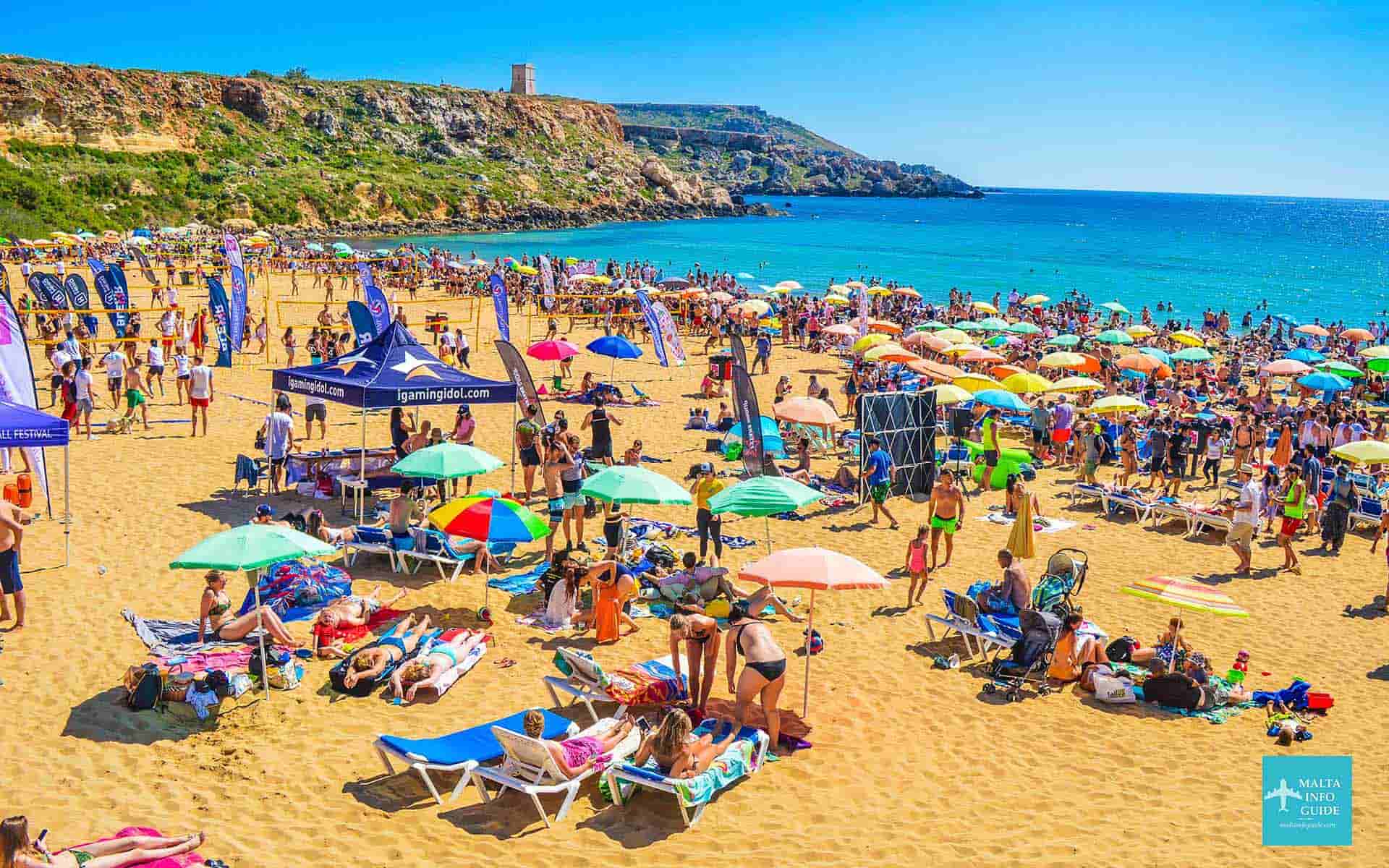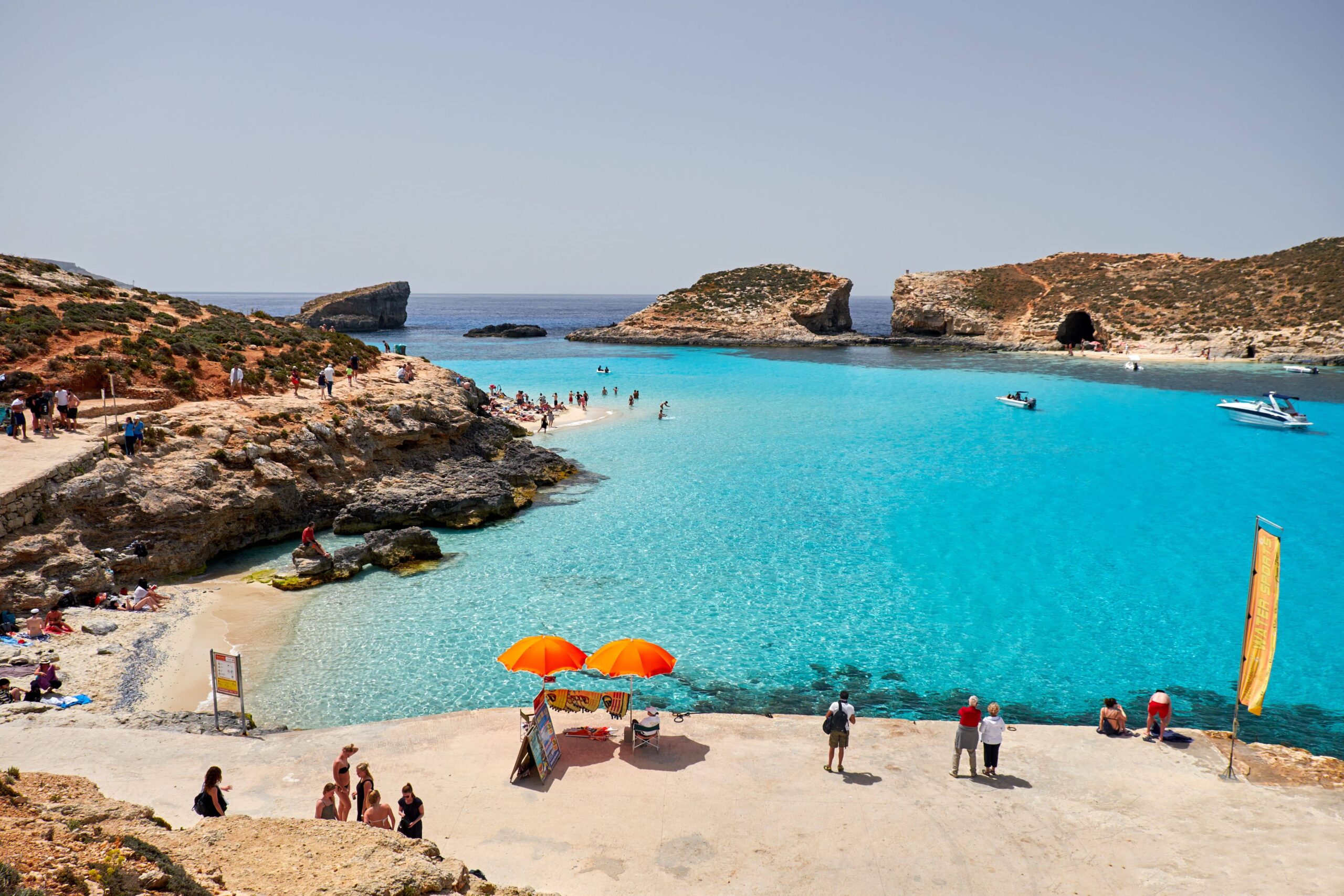The allure of a Mediterranean summer often conjures images of sun-drenched beaches and azure waters. Malta, a jewel in the heart of the Mediterranean, certainly delivers on this promise. However, the summer weather in Malta holds a number of secrets that go beyond the picture-perfect postcards. Understanding these nuances is key to truly appreciating and navigating a summer sojourn on these historic islands. Here are seven things you probably don’t know about the summer weather in Malta.

1. The Unforgiving Summer Heatwaves and Their Hidden Dangers
The summer weather in Malta is reliably hot, but the intensity of its heatwaves can be a startling reality for many visitors. Temperatures frequently soar above 30°C (86°F) and can even climb into the low 40s°C (over 104°F) during peak summer months. These are not your average warm days; they are periods of sustained, intense heat that can pose significant health risks.
What many don’t realize is that these heatwaves have a profound impact on daily life in Malta. The locals have adapted over centuries, but for the unprepared visitor, the heat can be debilitating. It’s not just about feeling hot; it’s about the very real danger of heatstroke and dehydration. The Maltese government often issues public health warnings during these periods, advising residents and tourists alike to stay indoors during the hottest parts of the day, typically between 11 am and 4 pm.
2. The Oppressive Humidity of the “Rih Isfel”
When discussing the weather in Malta, the conversation inevitably turns to the wind. While the refreshing “Majjistral” (Mistral) wind can offer some respite, the infamous “Rih Isfel,” the Maltese name for the Sirocco wind, brings a different kind of atmospheric challenge. This hot, humid wind originates from the Sahara Desert and travels across the Mediterranean, picking up moisture along the way.
The result is a sticky, oppressive humidity that blankets the islands. This isn’t a dry heat; it’s a damp, heavy warmth that can make even simple activities feel strenuous. The high dew point means that perspiration doesn’t evaporate easily from the skin, leaving you feeling constantly sticky and overheated. This unique combination of high temperature and high humidity is a defining characteristic of the Maltese summer that often catches visitors by surprise. For those with respiratory conditions, the “Rih Isfel” can be particularly uncomfortable.
3. The Curious Case of “Blood Rain“
Imagine waking up to find a thin, reddish-brown film covering everything outdoors. This is not the opening scene of a sci-fi movie but a real, albeit infrequent, phenomenon that can occur during the summer weather in Malta. Known colloquially as “blood rain,” this event is caused by sand and dust from the Sahara Desert being carried north by the Sirocco wind and then washed down in rain showers.
While the term “blood rain” might sound alarming, the phenomenon is harmless. However, it serves as a powerful reminder of Malta’s proximity to the African continent and the dramatic influence of Saharan dust on its weather patterns. It’s a truly unique and memorable experience for those who witness it, adding another layer of intrigue to the Maltese climate.
4. The Subtle Microclimates of the Maltese Archipelago
For such a small archipelago, the Maltese islands exhibit surprising microclimates. While the overall weather in Malta is consistent, there can be noticeable differences between the main island of Malta and its sister island, Gozo. Gozo, being more rural and with more green spaces, can often feel slightly cooler and less humid than the more densely populated and built-up areas of Malta.
These subtle differences can be a welcome discovery for those seeking a slight reprieve from the summer heat. Exploring the countryside and coastal areas of Gozo might offer a different sensory experience of the Maltese summer compared to the bustling streets of Valletta or Sliema. These microclimates are a testament to how even small geographical variations can influence local weather conditions.
5. The Deceptive Power of the Maltese Sun
The summer sun in Malta is relentless, with an extremely high UV index that demands respect. What many visitors don’t anticipate is that the danger of sunburn is present even on days with some cloud cover. The UV rays can easily penetrate light clouds, catching unsuspecting sunbathers and sightseers off guard.
Effective sun protection is non-negotiable when experiencing the summer weather in Malta. This includes high-SPF sunscreen, wide-brimmed hats, sunglasses, and seeking shade whenever possible. Underestimating the power of the Maltese sun can lead to painful sunburns and long-term skin damage, so it’s a factor that should be at the forefront of every visitor’s mind.
6. The Lack of a Significant Nightly Cool Down
In many hot climates, the evenings and nights offer a welcome drop in temperature. However, one of the lesser-known aspects of the summer weather in Malta is the minimal temperature difference between day and night. The sea, having absorbed heat all day, acts as a giant radiator, keeping the coastal areas warm long after the sun has set.
This lack of significant cooling at night means that air conditioning is not just a luxury but often a necessity for a comfortable night’s sleep. While the evenings are perfect for enjoying outdoor dining and strolls along the promenade, the persistent warmth is a factor to be prepared for, especially when choosing accommodation.
7. The Almost Complete Absence of Summer Rain
While the occasional “blood rain” shower can occur, for the most part, the summer weather in Malta is characterized by an almost complete lack of precipitation. The period from June to August is typically bone-dry, with clear blue skies being the norm. While this is fantastic news for those seeking uninterrupted sunshine, it also contributes to the arid landscape of the islands during the summer months.
This extended dry spell has a significant impact on the local environment and agriculture. For visitors, it means that you can pack your bags with confidence, knowing that your outdoor plans are unlikely to be disrupted by rain. However, it’s also a reminder of the preciousness of water resources on the islands.
Follow us on social media and website for more insights!









